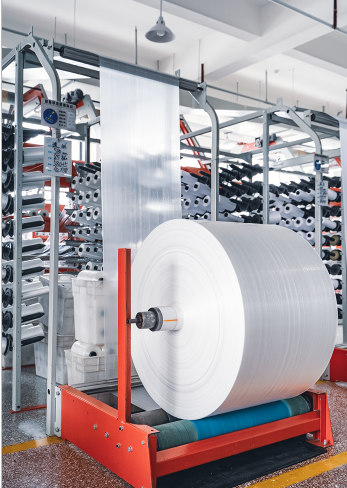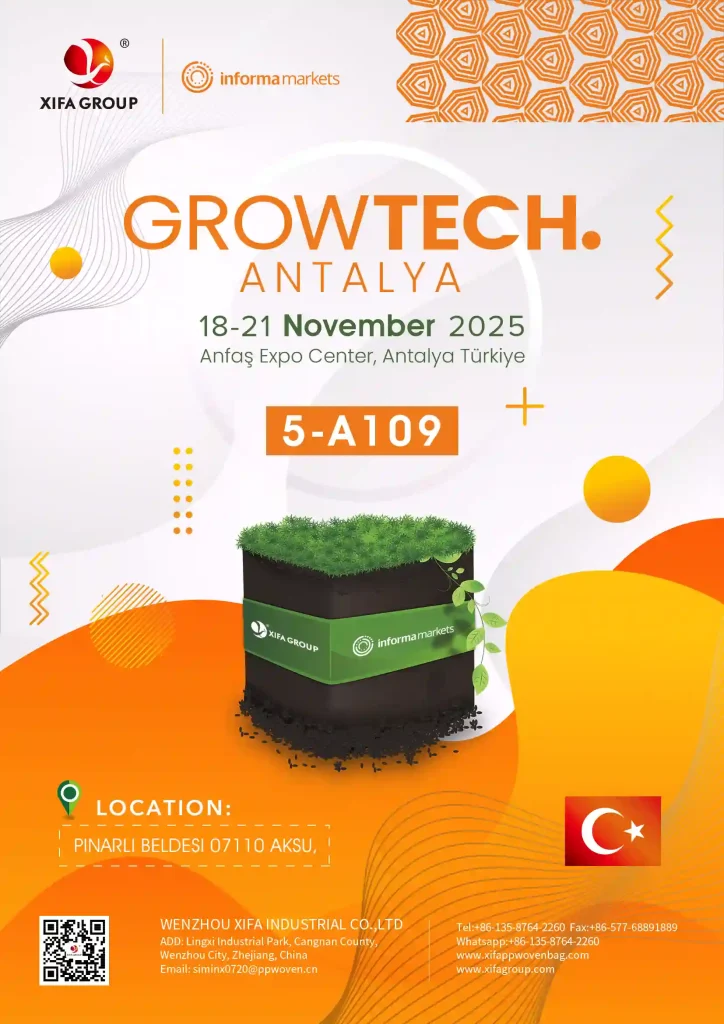
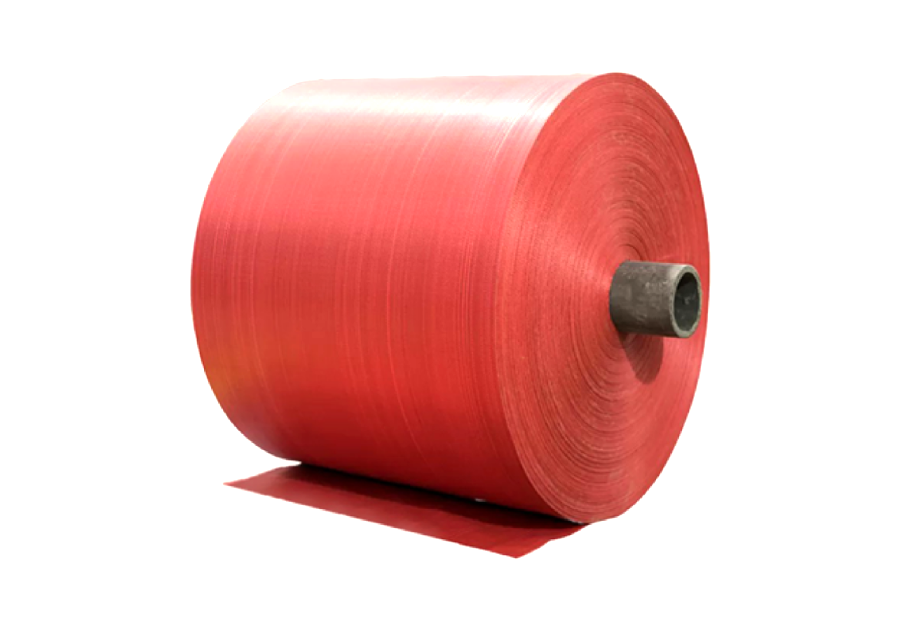
Polyethylene and polypropylene bags differ primarily in their chemical composition and physical properties.
Polyethylene is more flexible and commonly used for lightweight applications while polypropylene offers greater durability and resistance to moisture and chemicals.
To learn more, continue reading about the detailed comparison below.
A polyethylene bag is a type of plastic bag made from polyethylene, a versatile polymer derived from natural gas or petroleum.
These bags are known for their flexibility, lightweight nature, and affordability, which makes them suitable for a wide range of packaging applications.
A polypropylene bag is another type of plastic bag made from polypropylene, a polymer derived from propylene monomers.
These bags offer superior durability, strength, and resistance to moisture and chemicals compared to polyethylene bags.
This makes them ideal for heavy-duty applications and harsh environments.
Both polyethylene and polypropylene bags serve valuable purposes across various industries and applications.
These bags play essential roles in meeting diverse packaging needs and providing solutions for various industries, businesses, and consumers alike.
Polyethylene bags are manufactured from ethylene monomers, which are derived from natural gas or petroleum through a process called polymerization.
This versatile material can be produced using various methods, including high-pressure or low-pressure polymerization, resulting in different types of polyethylene with varying properties.
Polypropylene bags, on the other hand, are crafted from propylene monomers, which undergo polymerization to form the polymer chains that make up the material.
Like polyethylene, polypropylene is derived from fossil fuels and is produced using similar manufacturing processes, albeit with different monomers and conditions.
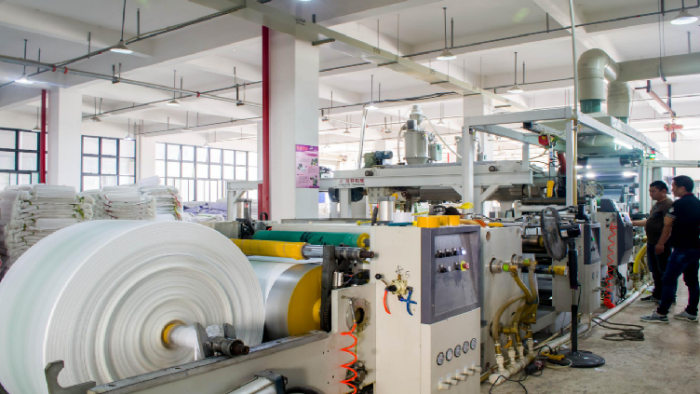
The manufacturing process for polyethylene bags typically involves extrusion, where the polyethylene resin is melted and forced through a die to form a tube, which is then flattened and cut into bags.
Different types of polyethylene may require specific extrusion techniques to achieve desired properties such as thickness, clarity, and strength.
Polypropylene bags can be produced using various methods, including blown film extrusion or flat die extrusion, depending on factors such as the desired thickness, strength, and flexibility of the bags.
The choice of manufacturing process for polypropylene bags depends on the intended application and the properties required for the final product.
Polyethylene bags are known for their flexibility and lightweight nature, making them suitable for a wide range of applications such as grocery bags, retail packaging, and food storage.
However, they may have limited durability and are more prone to tearing and puncturing compared to polypropylene bags.
Polypropylene bags offer greater strength, durability, and resistance to moisture and chemicals, making them ideal for heavy-duty applications such as industrial packaging, construction materials, and woven bags.
While polyethylene bags are more flexible and cost-effective, polypropylene bags provide superior durability and protection, particularly in harsh or demanding environments.

Polyethylene bags find applications in various industries, including retail, food packaging, and household use, where flexibility and affordability are key considerations.
They are commonly used for packaging groceries, clothing, and consumer goods, as well as for disposable items such as trash bags and food storage bags.
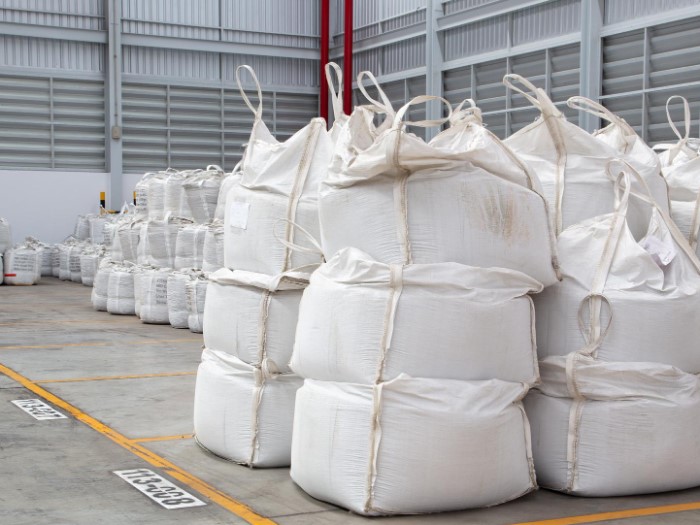
Polypropylene bags are widely used in industries such as agriculture, construction, chemicals, and food packaging, where durability and resistance to harsh conditions are essential.
They are utilized for packaging seeds, fertilizers, chemicals, and industrial materials, as well as for heavy-duty applications such as sandbags, flood control barriers, and reusable shopping bags.
Polyethylene bags offer moderate resistance to chemicals and heat, making them suitable for storing and transporting a variety of goods.
However, they may not withstand high temperatures or harsh chemical exposures as well as polypropylene bags.
Polypropylene bags exhibit excellent chemical and heat resistance, making them ideal for applications where exposure to harsh chemicals or high temperatures is common.
They can withstand a wider range of chemical substances and higher temperatures compared to polyethylene bags, ensuring the safe handling and storage of goods in demanding environments.
Polyethylene bags typically have a translucent or transparent appearance, although they can be manufactured in various colors and thicknesses.
They may have a smoother texture compared to polypropylene bags.
Polypropylene bags often have a slightly opaque or matte appearance, with a textured surface that may feel slightly rougher to the touch compared to polyethylene bags.
They are available in a range of colors and thicknesses, offering versatility in appearance and design.
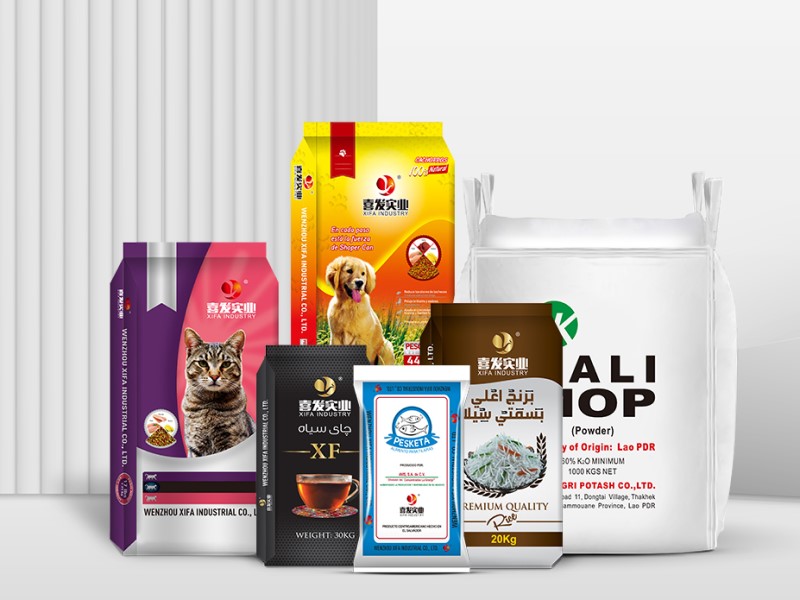
Polyethylene bags are flexible and lightweight, making them ideal for lightweight packaging applications.
They are a cost-effective solution for everyday packaging needs and are available in various sizes, shapes, and colors to suit different requirements.
Additionally, they are widely recyclable and commonly accepted for recycling programs.
Polypropylene bags are durable and strong, offering excellent resistance to moisture, chemicals, and tearing.
They are suitable for heavy-duty applications and harsh environments and can withstand high temperatures and prolonged exposure to sunlight.
Furthermore, they are recyclable and reusable, contributing to sustainability initiatives and reducing environmental impact.
Despite their versatility and widespread use, polyethylene bags have limitations, including limited durability and resistance to tearing and puncturing.
They may not be suitable for heavy-duty applications or environments where greater strength and protection are required.
Polypropylene bags, while offering superior durability and resistance to moisture and chemicals, may be stiffer and less flexible than polyethylene bags, limiting their suitability for certain applications requiring high flexibility or conformability.
Understanding the advantages and disadvantages of each type of bag is crucial for selecting the most appropriate option for specific needs and requirements.
Polyethylene and polypropylene bags offer distinct advantages and disadvantages based on their chemical composition, manufacturing process, durability, and industry applications.
Understanding these differences is crucial for selecting the most suitable bag for specific needs.



